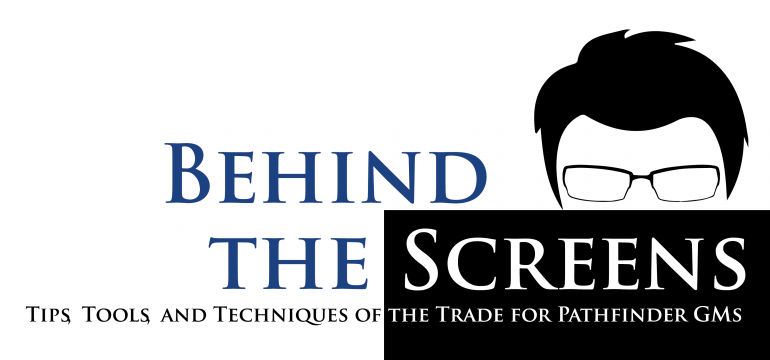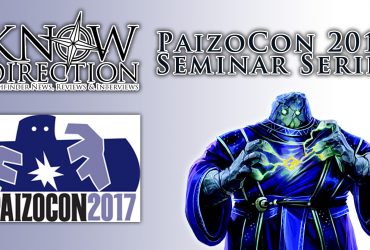So last time I went on for a bit about planetary rotations and stellar orbits and what not. And that’s all well and good but the odd movements of celestial bodies does not a compelling science-fiction setting make. Remember, players need a reason to care about a location – especially given the nigh-limitless potential that is the vastness of space. So we’ll need something on our planet to make it interesting.
Recall from our previous article that Tsintuvael has a moderate elliptical orbit, one that takes it from one edge of its circumstellar habitable zone to the other within a single complete rotation and has a similar distance from its star as real-world Earth. This, combined with an axial rotation perpendicular to the plane of its orbit this means that Tsintuvael has two, very long seasons. When near its star, average temperatures on the surface are might higher than when Tsintuvael is at the farthest point of its orbital journey.
So that gives us a theme to play with. Warmth and cold. Light and dark. Life and death. Duality, the opposite and opposed is a common fantasy trope. So there’s a lot here to choose from. But the one that’s been resonating with me over the last couple weeks has been that of the Fairy Courts. In English, Irish, and Scottish folklore, one of the more common classifications of fey creatures has been into two categories, the Seelie and Unseelie Courts. Etymology for seelie and unseelie in the English language draws roots back to works meaning happy, lucky, or blessed (and the inverse – unhappy, unfortunate, or cursed for unseelie). Likewise, these two types of fairies would be charming and whimsical or morose and wicked.
Pathfinder’s campaign setting has largely done away with the traditional Seelie and Unseelie Courts, replacing them with Eldest of the First World. But the idea has been incorporated into adventures since the earliest days of Dungeons & Dragons.
But I’m not interested in having an entire planet of fey creatures so much as I want to explore the idea of how a planetary society might be shaped around the shifting pattern of its stellar obit. Because the planet alternates between close proximity and vast distance from its star, so too does the climate fluctuate, both environmentally and politically.
When Tsintuvael is closest to its star, temperatures across the surface rise to near intolerable levels. Along the equatorial belt, water can boil if left in in direct sunlight and the resulting humidity can be suffocating. The most habitable zones on the planet are the poles, where the star’s heat and light is more scattered. At the furthest point of Tsintuvael’s orbit, these regions swap with the equator becoming more much more habitable and the poles becoming deathly cold. Imagine cities springing up to endure these two extremes. A city within the equatorial zone developing some sort of shadow field generator to block out large portions of light to maintain tolerable temperatures during the “summer” season. Similarly, cities along the polar regions with vast underground geothermal generators to melt ice and heat water during the long “winters”
The people living in these cities could come to think of themselves peoples of light and dark. Of cold or warmth. Of life or death.
And so I leave us with a writing prompt for next time. Two habitable zones to detail in the future. First we have Domitus, the nation of Light in Shadow whose capital city of E’Lux shines bright along the central planes. And the Contra-Sinestran Combine, a loose affiliation of cities nestled deep within the polar mountain ranges.
How do you like the direction of Tsintuvael so far? Let me know in the comments section below.






